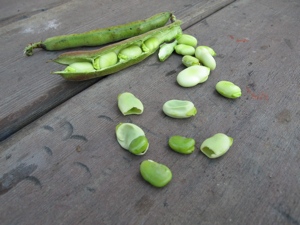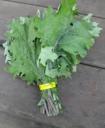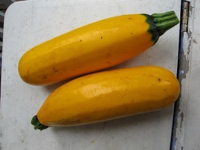I love these turnips and I owe my membership in a CSA for introducing me to this wonderful vegetable. A far cry from the over-wintered, waxy-skinned, grape-fruit sized turnip that your great-aunt used to boil and mash and serve with cabbage. No, no. This is the jaunty, crisp and versatile salad turnip.
Eaten raw, they are similiar in texture to a radish, but not so hot. Just a mild peppery sweet flavor. They could also be grated into a slaw (see kohlrabi post). Slice, dice, or quarter them and saute with butter or oil. Cook until just tender and still a little crisp. Just a little salt or maybe a teeny bit of vinegar is all they need. Cooked with butter and given a slight drizzle of honey and they are bona fide kids fare.
Don’t forget the greens! Turnip greens are tender and flavorful. Chop and saute with the turnips for a side dish, or cook up with other greens, or by themselves. I like them chopped and used in pasta sauces. Wilted with some olive oil, garlic, bacon, a red pepper if you have it, tossed with some pasta and grated cheese. Very good.





